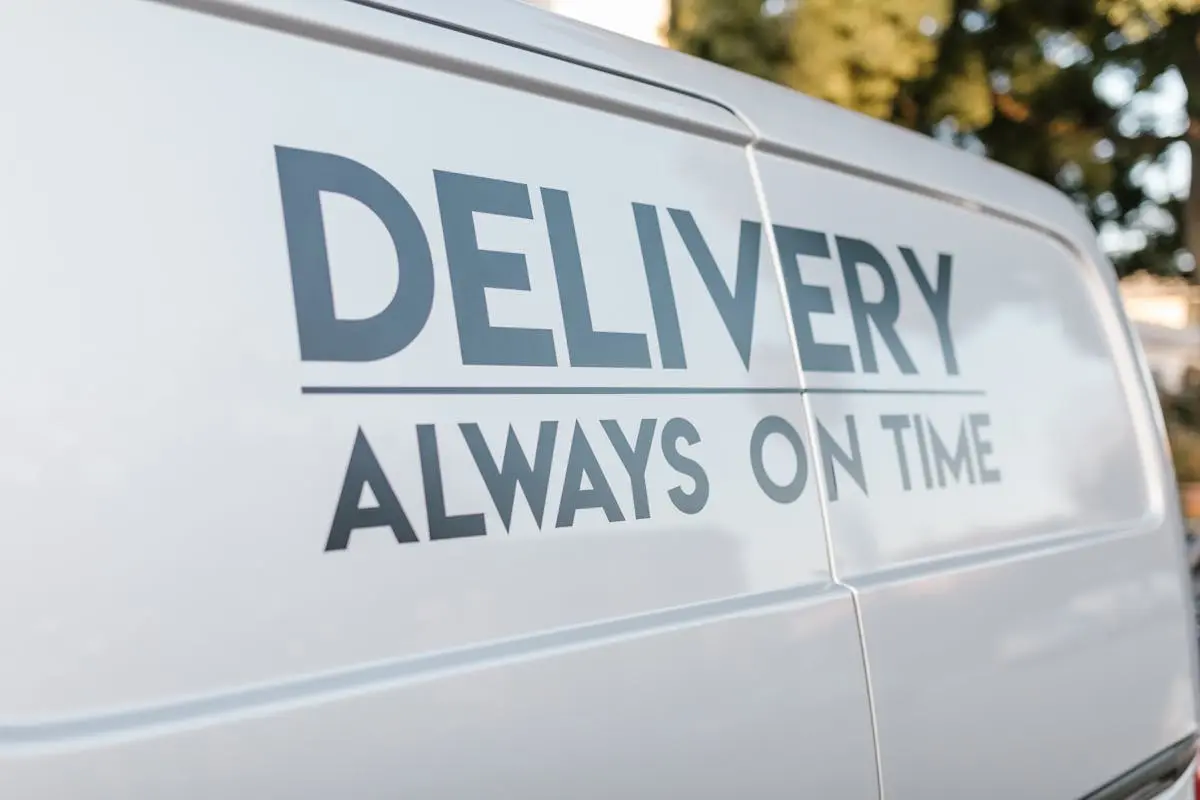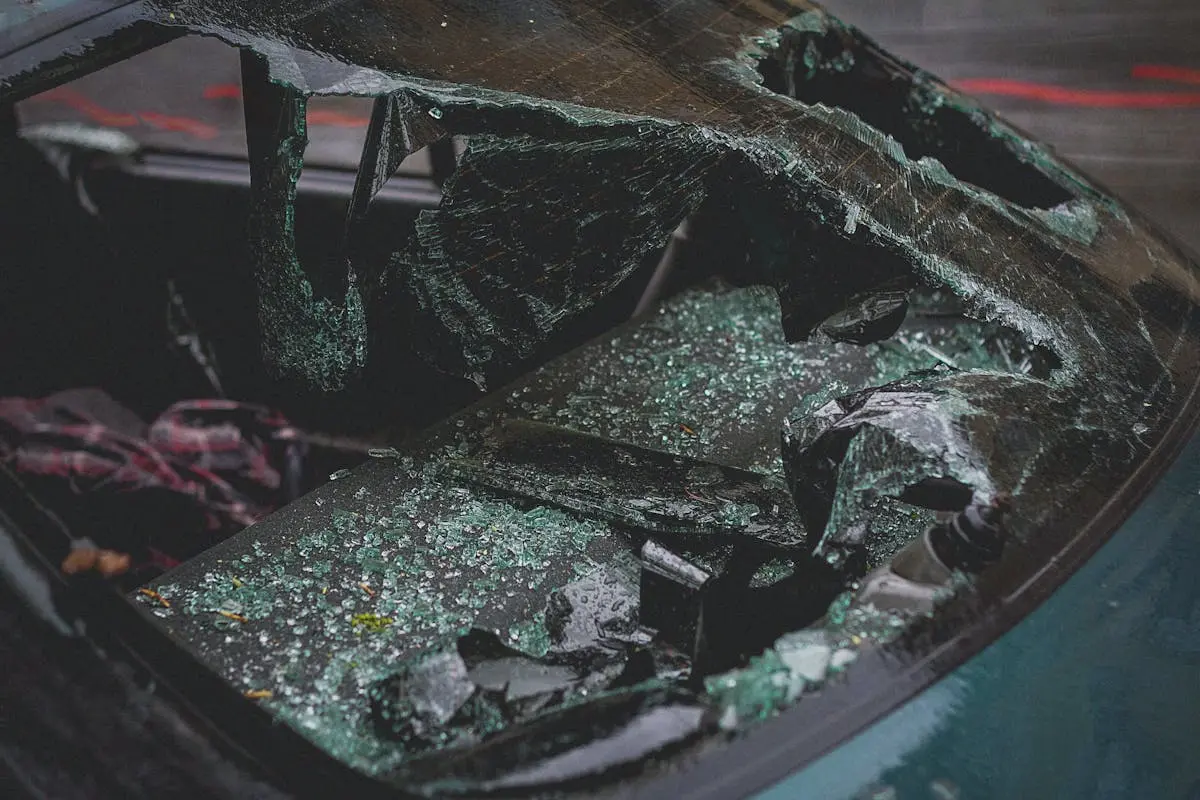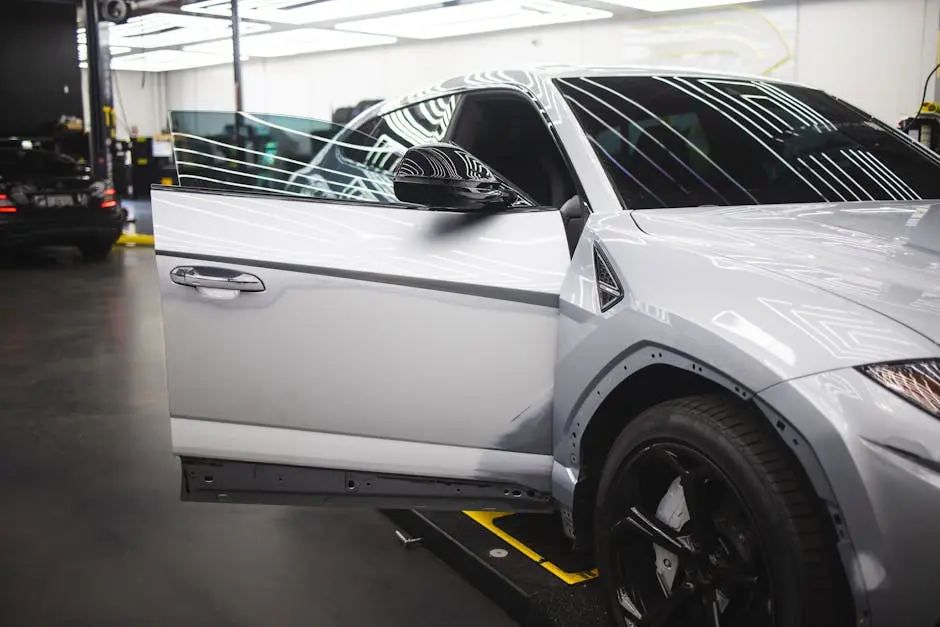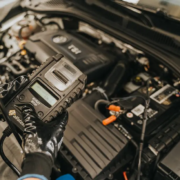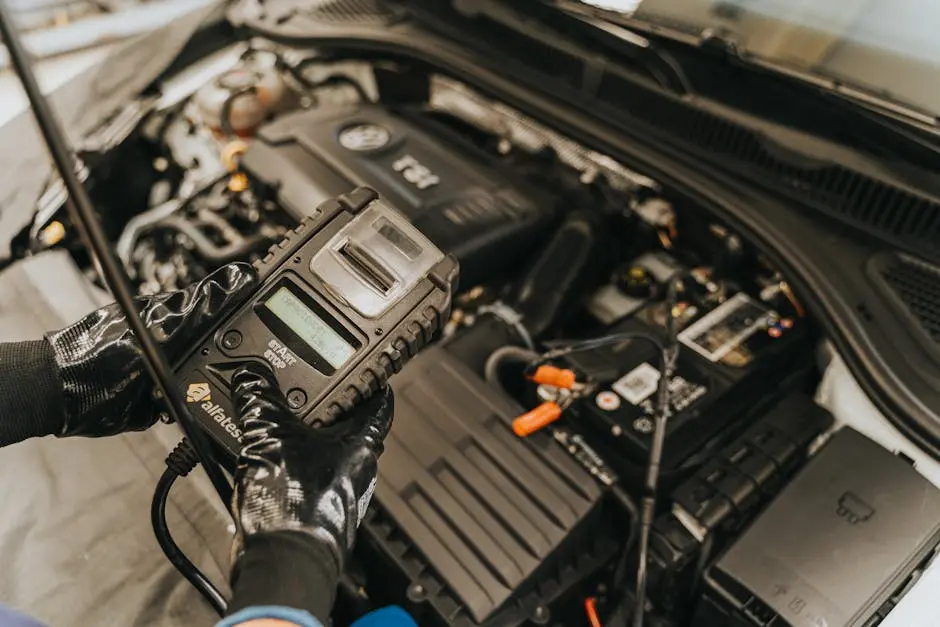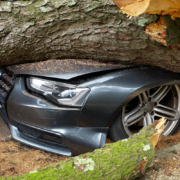Restoring a classic Mercedes Benz can be a rewarding journey, but it often comes with its share of challenges. Whether you’re a seasoned enthusiast or a newcomer to the world of automotive restoration, understanding the common hurdles can help you navigate the process more smoothly. In this blog, we’ll explore twelve of the most prevalent issues you might encounter during your project and offer practical tips to overcome them.

1. Finding Authentic Replacement Parts
One of the primary challenges in restoring a Mercedes Benz is sourcing genuine replacement parts. With many parts no longer in production, knowing where to look and who to trust is essential. Online marketplaces may seem convenient, but they can also be filled with misleading listings. Therefore, make it a habit to consult classic car forums or online communities dedicated to Mercedes restoration. These platforms often provide valuable insights from fellow enthusiasts who’ve successfully navigated the parts procurement process.
Moreover, establishing connections with local or specialized auto salvage yards can prove advantageous. Here, you may discover a treasure trove of spare parts or even entire components that are hard to find elsewhere. Do not hesitate to network; word-of-mouth referrals can help you uncover reputable sellers who are equally passionate about the brand. Building relationships may yield discounts or first dibs on hard-to-source items, helping you not only secure the necessary parts but also save money.
2. Understanding Complex Electrical Systems
Mercedes Benz vehicles often feature intricate electrical systems that can be daunting for newcomers. Familiarizing yourself with wiring diagrams and connections is crucial. These cars come equipped with sophisticated components, and a minor hiccup can lead to major setbacks. Start with a comprehensive service manual specific to your model. This document can be a lifesaver, guiding you step-by-step through the electrical maze.
Additionally, don’t shy away from investing time in online courses or videos focused on automotive electrical systems. Many experienced restorers share their knowledge through tutorials, breaking down complex topics into digestible lessons. Combine this newfound knowledge with a multimeter and a bit of patience, and you’ll be on your way to troubleshooting like a pro. Remember, tackling the electrical systems can be one of the most rewarding aspects of restoration, as a well-functioning system brings life back to your classic Mercedes.
3. Dealing with Rust and Corrosion
Rust can wreak havoc on classic cars. Knowing how to identify and treat rust effectively will save you time and money in the restoration process. Start with a thorough inspection of critical areas like the undercarriage, wheel wells, and body panels. It’s essential to catch any rust early before it progresses into more significant issues that could compromise the car’s structural integrity.
For treating rust, you have options ranging from DIY solutions to professional-grade rust removers. Sandblasting can be effective for large areas, while chemical rust converters are excellent for treating more delicate spots. After addressing the rust, don’t forget to apply a protective coating to prevent future corrosion. Understanding the environmental factors at play in your area, such as moisture and climate, can also play a crucial role in whether your Mercedes will remain rust-free.
Finally, consider integrating rust prevention measures into your routine maintenance schedule. Regular inspections can help identify emerging rust before it becomes a widespread issue. The key here is vigilance; being proactive in rust management can safeguard your investment and ensure a longer life for your restored vehicle.
4. Restoring Interior Components
The interior of a Mercedes Benz is just as important as the exterior. Understanding upholstery materials and restoration techniques can greatly enhance the overall project. When it comes to interior restoration, start by assessing the condition of the seats, dashboard, and other trim pieces. Often, these components show signs of wear or damage, necessitating either meticulous repairs or complete replacement.
Researching period-correct materials and color options ensures that your restoration is true to the original vehicle. Resources like upholstery catalogs and restoration guides can serve as invaluable references. Additionally, engaging with professionals who specialize in vintage interiors can offer insights and craftsmanship that elevate your project to another level. Remember, the goal is not just to make the car aesthetically pleasing but also to ensure that it feels authentic and inviting.
Don’t underestimate the power of a well-restored interior; it can significantly boost the overall value of your vehicle. So as you delve into the intricacies of interior restoration, approach each aspect with care and attention. Whether it’s reupholstering seats, refinishing wood trim, or updating electronic components, each decision you make contributes to the full experience of your classic Mercedes.
5. Maintaining Engine Performance
An iconic part of any Mercedes is its engine. It’s vital to know how to tune and maintain it for optimal performance, especially in older models. Understanding engine components, such as the carburetor or fuel injection system, is essential for troubleshooting and adjustments. Regular maintenance, including oil changes and filter replacements, is non-negotiable to ensure the engine runs smoothly.
Furthermore, investing in high-quality parts and diagnostic tools can pay off significantly in the long run. Today, many aftermarket suppliers offer parts that not only meet but exceed original specifications. When conducting any repairs, refer back to your service manual for specific guidelines related to your model. This attention to detail will help you uphold the performance standards that Mercedes Benz is renowned for worldwide.
6. Navigating Legislation and Regulations
Restoration can involve legal considerations, such as emissions regulations. Staying informed of local laws is key to a trouble-free restoration process. Each state or region has its own set of regulations concerning vehicle restorations and modifications. Especially for classic vehicles, it’s crucial to understand how these laws apply to your work—beyond just safety inspections and emissions testing. Always check with your local DMV or environmental protection agency for specific rules that might affect your project.
Preparing for inspections can save you from unexpected hurdles down the road. Make sure all necessary documentation, such as proof of parts authenticity or previous registration, is in order before you take your classic for inspection. Being proactive allows you to focus more on the enjoyable aspects of restoration rather than the bureaucratic hurdles that can arise.
7. Finding Reliable Restoration Shops
Not every garage specializes in Mercedes restoration. Knowing how to identify reputable professionals can save you from potential pitfalls. Start by doing your research; it’s helpful to read reviews and ask for recommendations from fellow enthusiasts. An established shop with a history of successful restorations and good customer feedback is often a safe bet.
Additionally, don’t hesitate to visit shops in person. This gives you the chance to assess their work environment and the types of cars they typically handle. A passionate team will often share your enthusiasm for the brand, which can translate into better results for your restoration project. Communication is key; ensure that they understand your vision and can deliver on it.
8. Budgeting for Your Project
Restoration costs can quickly add up. Establishing a realistic budget and understanding where to allocate funds can keep your project on track. Start by breaking down the various aspects of your restoration into categories: parts, labor, paintwork, and additional services. This helps in visualizing where your money goes and can highlight areas where you might want to spend or save.
Don’t forget to account for unexpected expenses that could arise, whether from discovering hidden rust or needing additional parts. Leaving a buffer in your budget can alleviate stress later on. Furthermore, consider seeking out local car clubs or communities for advice on where to find deals on parts or services. Oftentimes, fellow restorers can direct you to cost-effective resources that align with your budget.
Finally, track your expenses carefully throughout the restoration. Keeping detailed records will not only assist in maintaining control over your budget but can also improve transparency if you’re working with a restoration shop.
9. Knowing When to Seek Professional Help
Some challenges require professional expertise. Recognizing your limits can prevent costly mistakes and enhance the quality of your restoration. There’s a fine line between tackling manageable tasks and attempting complex repairs that are best left to trained professionals. If a specific area—like advanced engine work or intricate upholstery—is beyond your comfort level, don’t hesitate to consult with an expert.
It’s also beneficial to build a roster of recommended professionals who can step in when needed. This takes away the hesitation often associated with reaching out for help. Having that safety net in place means you’ll be more confident about taking on the restoration while knowing assistance is available. In the end, the goal is to bring your vision to life without compromising the integrity of the vehicle.
10. Managing Time Efficiently
Restoration projects often take longer than anticipated. Developing a timeline and setting realistic milestones keeps the project moving forward. Perhaps start by mapping out your project phases, from initial disassembly to final polishing. Setting deadlines for each phase not only gives direction but also creates a sense of accountability as you progress.
Moreover, be flexible. While it’s essential to adhere to a timeline, tweak it as necessary based on how the restoration unfolds. Life often throws curveballs, whether in the form of unexpected delays or extra work that needs to be addressed. Embracing these changes with a positive outlook will keep your motivation high, making the process far more enjoyable.
Finally, don’t forget to schedule time for education and research. Investing a few hours each week in learning can yield immense benefits, making your restoration efforts more efficient and informed. The more knowledge you gain, the better prepared you’ll be to tackle each task at hand.
11. The Importance of a Restoration Plan
Starting without a plan can lead to chaos. Creating a solid restoration blueprint will help guide your decisions throughout the process. Identify your goals for the restoration—are you aiming for a show car, a daily driver, or something in between? Deciding on your vision upfront can influence every aspect of the project, from sourcing parts to working with professionals.
In your restoration plan, strategically prioritize tasks. Focus on critical areas first, like structural integrity and performance, before diving into aesthetic elements. This method ensures that you address foundational issues before spending time on the visual aspects. Documentation is also crucial; keeping records of parts sourced, work done, and challenges faced can serve as a valuable reference for future projects.
12. Staying Motivated Through Challenges
Restoration is a labor of love that can be overwhelming at times. Finding ways to stay inspired and passionate about your project is essential for success. Set small, achievable goals to celebrate milestones along the way. Completing these tasks not only bolsters motivation but also provides tangible evidence of progress, making the larger project feel less daunting.
Moreover, engaging with others who share your passion can reignite your enthusiasm. Join local car clubs or online forums to connect with fellow restorers. Sharing experiences, challenges, and triumphs can provide a much-needed support network, making your journey feel a little less solitary. Remember, every classic car restoration comes with its ups and downs; embracing the entire process makes the rewards even sweeter.






